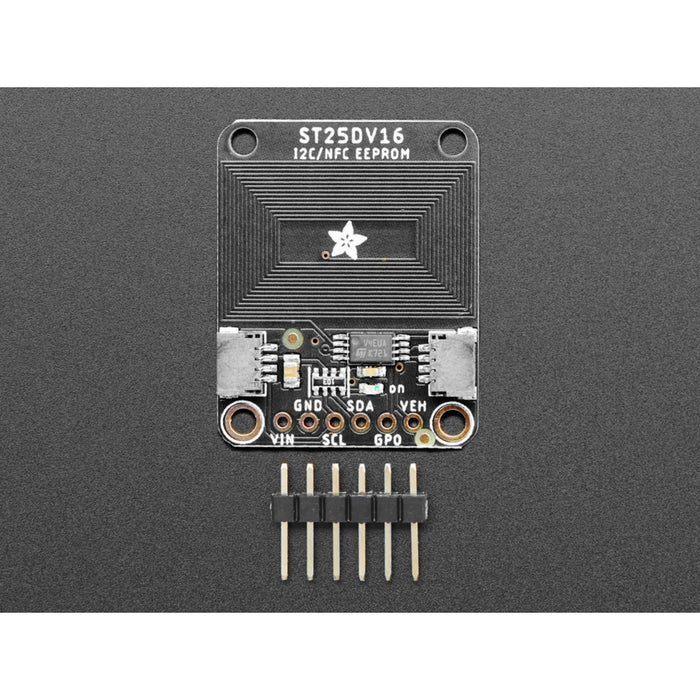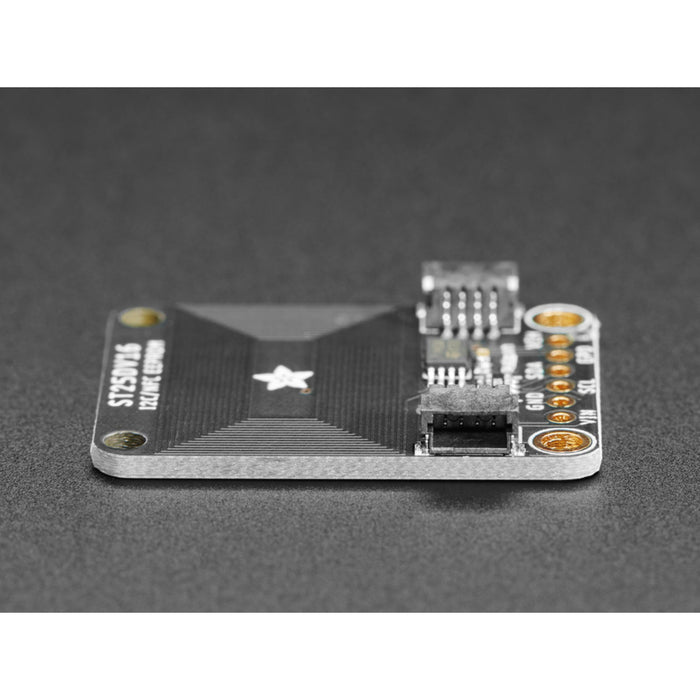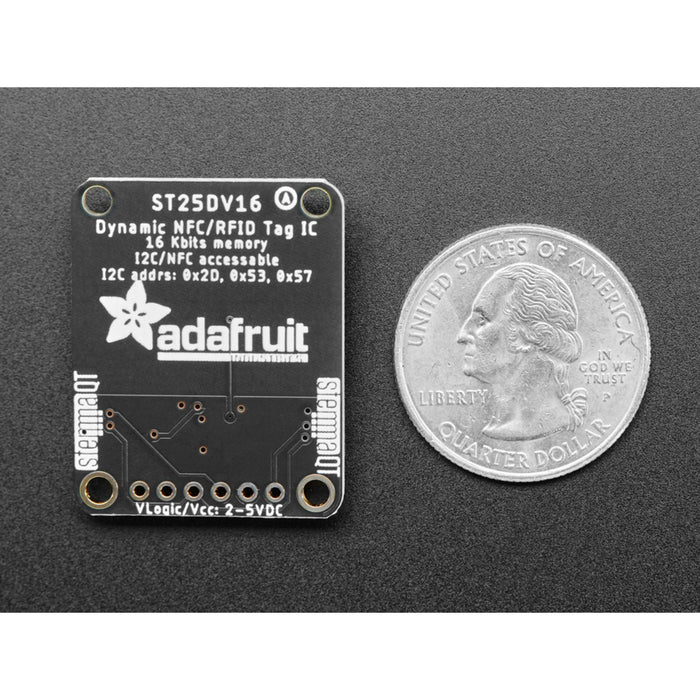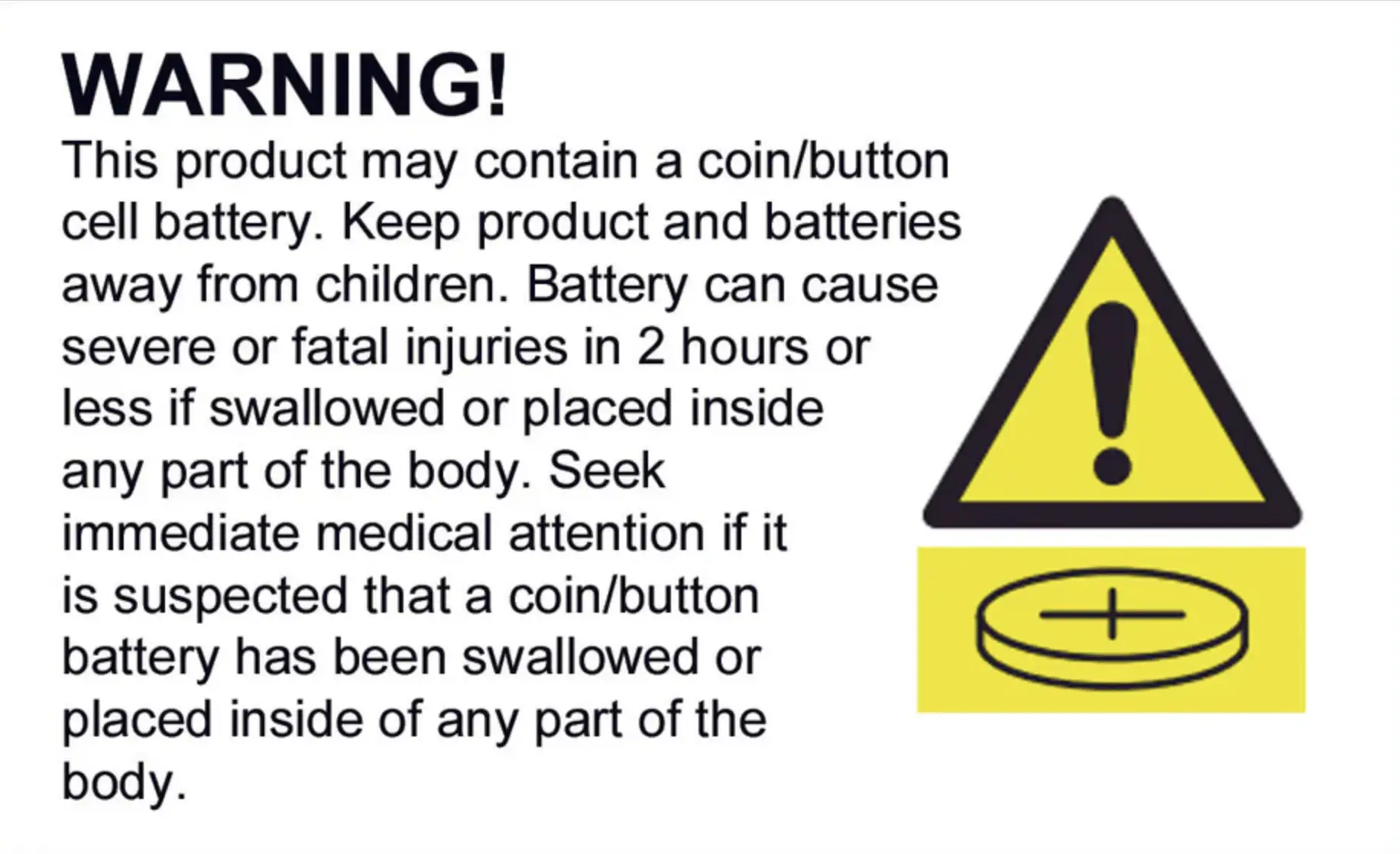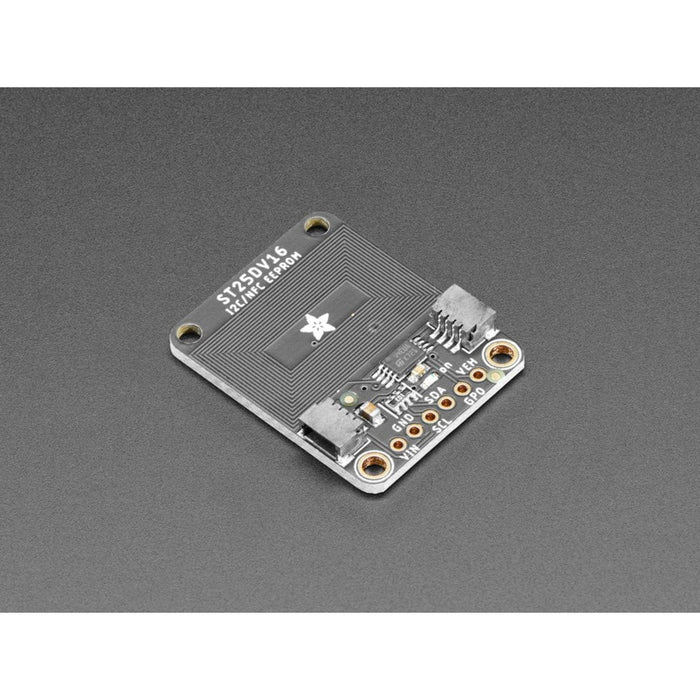
Adafruit ST25DV16K I2C RFID EEPROM Breakout - STEMMA QT / Qwiic
We have ✅ 7 available of the AF-4701 in our Sydney warehouse. An extra 100 units available with a short lead time.
This RFID tag is really unique: it works with mobile phones just like other RFID tags, but you can reprogram it over I2C. The tag shows up as an ISO/IEC 15693 (13.56MHz) chip which is readable by phones and tablets. This could be interesting in situations where you want a tag that can be re-written dynamically when connected to a controller. For example, we did a test where we had a microcontroller write different URLs a few seconds apart, and the mobile phone detected the different URLs one after the other.
Note that the most popular hobby RFID reader/writer chips like the PN532 do not support ISO15693 so you cannot use those to read the ST25DV tag once programmed! We used both Apple and Android phones with success to read the tags.
According to the datasheet, one can even use it as a 'I2C to RFID' transfer system to wirelessly send and receive data from mobile devices (you'll need to write a custom app for that kind of project, though).
ST has written a handy library that you can easily use to write NFC URLs to the chip over I2C. You cannot use an Arduino UNO (ATmega328p) with the ST25DV library, there's not enough RAM. Please use a Metro M0 or other SAMD chip (or better) to communicate with the ST25DV. There's no Python or CircuitPython library for this chip at this time, only Arduino.
To make connections easy, our breakout contains an ST25DV04 chip, support circuitry and even a PCB trace antenna. There's standard 0.100”/ 2.54mm pitch headers for use with a breadboard. Should you wish to avoid soldering, the breakout also includes our Stemma QT connectors (SparkFun Qwiic compatible). Using these handy connectors you can simply plug in the sensor and get rolling with your project.
The Adafruit ST25DV16K I2C RFID EEPROM Breakout - STEMMA QT / Qwiic appears in the following collections:

